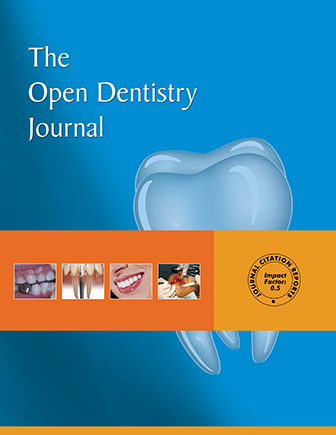Correlation of the Oral Health Scoring-based Pregnant Oral Self-Care – package (POSC-p) Model with the Motivation to Seek Oral Health Treatment in Pregnant Women
Abstract
Background:
Uncomprehensive oral health evaluation instruments and measurement and the low motivation for seeking dental and oral treatment for pregnant women; all require comprehensive measurement instruments that will increase the motivation for seeking oral health treatment for pregnant women. POSC-p model was developed for the Oral Health Scoring (OHS) to assess pregnant women's perceived needs, clinical examination, and salivary state.
Objectives:
The research objective was to analyse the correlation between the POSC-p model with the motivation for seeking oral health care in pregnant women.
Methods:
Cross-sectional research was conducted by a non-probability sampling technique using the consecutive sampling method. The sample size was determined based on the correlation analysis sample size calculation formula. The study variables were POSC-p model built with three dimensions; POSC-p score section 1 was felt needs, POSC-p score section 2 was normative needs, and POSC-p score section 3 was saliva condition. In addition, motivation to seek treatment with intrinsic and extrinsic motivation dimensions. All data were analysed using the Spearman rank correlation test.
Results:
A significant correlation was found between the POSC-p model with intrinsic and a combination of treatment-seeking motivation (p=0.026); a combined score of the POSC-p model with intrinsic (p=0.008) and a combination of treatment-seeking motivation (p=0.032).
Conclusion:
There is a correlation between the POSC-p with motivation for seeking oral health treatment in pregnant women.


